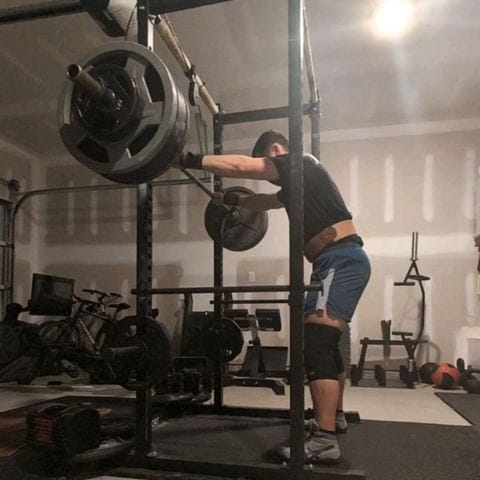I just wrapped up a 32-mile training week, my highest-volume week of running since completing a road marathon in 2019. I also got some quality strength sessions in as a I recorded my remote entry for the bi-annual Garage Gym Competition. Without doing much strength work over the last several weeks (due to injury, travel, and running volume), I was able to beat all of my 2022 lifts with ease. How could this be the case, especially with all the running I did? The answer is simple; my capacity to perform is higher than ever.
Training for the Uphill Athlete, a resource that I have cited countless times in my writing, breaks training down into two main purposes: capacity training and utilization training. Scott Johnston defines capacity training as “training that improves the long-term performance potential of the athlete” and utilization training as “training that improves the near-term performance results of the athlete.” The vast majority of our training (whether for strength or endurance) should be focused on building capacity, saving utilization training for the brief periods leading up to competitions where we need to be at our absolute best. Here’s what this looks like in practice:
Capacity Training
For Endurance: Getting in a lot of time and distance at low intensities in order to increase the aerobic fitness.
For Strength: Doing a lot of reps and sets over a long period of time in order to build foundational strength and improve technique. Utilizing different exercises, specialty bars, and machines to stimulate similar effects as the competition lifts (e.g. squat, bench, and deadlift) while avoiding excessive stress on the body.
Utilization Training
For Endurance: Focusing on the terrain, speed, and intensity one will be subjected to on race day.
For Strength: Focusing on lower rep ranges with heavier weights on the competition lifts.





